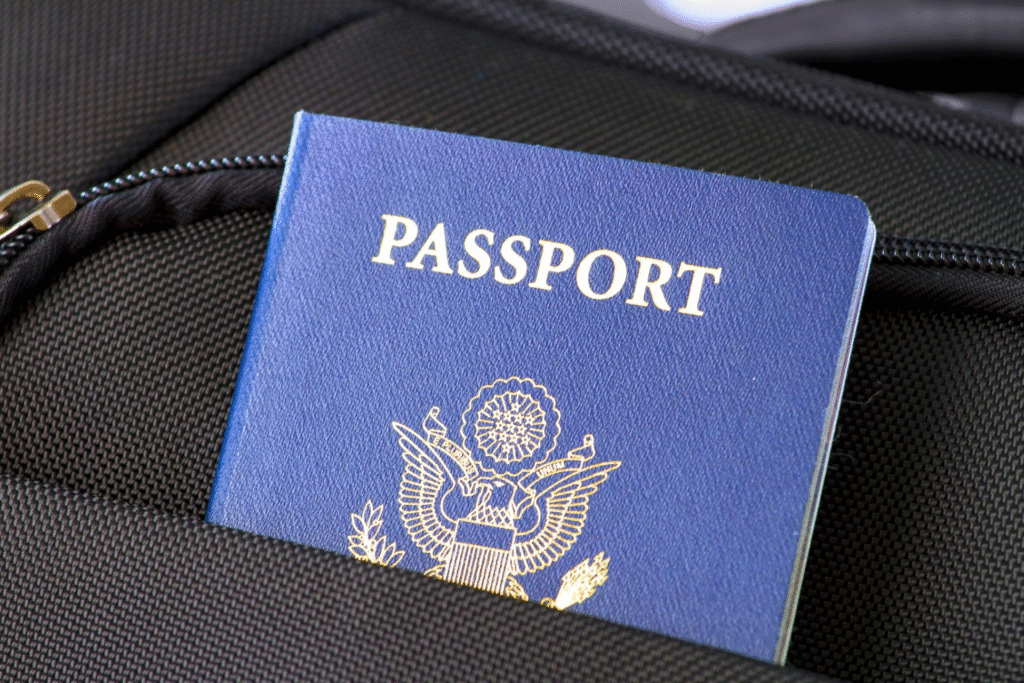Studying in Italy is a popular choice among students from all around Europe. Every year, millions of international students go to Italy to immerse themselves in the country’s vibrant culture, excellent educational system, and fascinating history. If you are considering studying in Italy, one of the first things you should do is familiarize yourself with the application process for a student visa. From requirements and paperwork to guidance and rules, this comprehensive guide covers it all for obtaining a student visa to Italy in 2025.

Why Attend University in Italy?
Prior to beginning the procedure for applying for a student visa to Italy, let’s have a look at why the country is so beloved by international students:
- Renowned Educational Institutions: Politecnico di Milano, Sapienza University of Rome, and the world’s oldest university, the University of Bologna, are all located in Italy.
- Affordable Tuition: Tuition is quite cheap in Italy compared to the United States and the United Kingdom, especially at public universities.
- Cultural Experience: Italy offers a unique blend of landscape beauty, history, art, architecture, and gastronomy, resulting in a rich cultural experience and way of life.
- Courses in English: Numerous Italian universities now offer undergraduate and graduate courses taught entirely in English, with a focus on fields such as economics, engineering, design, and international relations.
- Travel Opportunities: Student visa holders enjoy unrestricted travel inside the Schengen Area, making this country a gateway to Europe.
Can You Enter Italy Without a Student Visa?
Italian student visa requirements vary by country and duration of stay.
- There is no visa need for citizens of EU or EEA nations.
- You will only be in Italy for a short period of time (less than 90 days) and your country does not need a visa.
- A student visa is required for non-EU or EEA citizens who want to study in Italy for a duration exceeding ninety days.
- You are a citizen of a country that needs a visa to enter the Schengen Area.
Most international students seeking to enrol in degree programs (bachelor’s, master’s, doctorate, or language courses longer than three months) in Italy must first obtain a Type D national student visa.
Sorts of Student Visas for Italy
Two main types of student visas are available in Italy:
- Type C Visa: Visas for shorter stays of fewer than 90 days, such as language or educational programs. The Schengen visa goes by another name.
- Type D Visa: For courses lasting more than 90 days. The vast majority of international students will apply to this.
- Italian Student Visa Requirements for the Year 2025
To apply for an Italian student visa, you must have the following documents prepared:
- Completed application for a visa
- Passport valid for a minimum of three months beyond your intended stay
- Two recent passport-size photos
- Letter of acceptance from an Italian college or institution
- Verification of housing status (tenancy agreement or university residence hall room key)
- Minimum monthly income required is €460; total amount depending on length of stay
- The bank’s statement
- Academic histories
- Proof of support from a third party, in the form of an affidavit
- Health insurance with at least €30,000 in medical coverage
- Schedule of flights (sometimes helpful, but not always essential)
- Visa application fee (around €50 to €60)
Make sure to contact the Italian consulate or embassy in your country for their specific requirements.
An All-Inclusive Guide to Obtaining an Italian Student Visa
Initial Stage: Become a University Student in Italy
Submit an application to your preferred program. Once you get your acceptance letter, you may begin the process of applying for a visa.
Second Step: Gather Required Documents
Collect the aforementioned documents. See to it that everything is translated into Italian or English if that becomes required.
Step 3: Schedule a Visa Appointment
Visit the Italian consulate or embassy nearest you to schedule a visa appointment. A number of nations’ official visa service providers, including VFS Global, may be recommended to you.
Step 4: Schedule a Visa Interview
It is imperative that you bring the necessary documentation to the meeting. The interviewer may inquire about your home situation, educational aspirations, and financial situation.
Stage 5: Patience
Depending on the time of year and your nation, the processing time for a visa might range from two weeks to six weeks. Get in quick if you don’t want to wait.
Sixth Step: Obtain Your Visa
You will be granted admittance into Italy if your Type D visa is stamped in your passport, after the acceptance process.
Arrival in Italy and Residence Permit
A residency permit application (Permesso di Soggiorno) must be submitted within eight days after arrival in Italy.
To Apply:
Visit your local post office to pick up an application package for a residency permit.
Return the completed form and accompanying materials by mail:
- Travel documents (visa and passport copies)
- The enrollment certificate from your university
- Proof of residency and capability to pay
- Four passport-size images
- The applicable fee is typically €100
Visit the local Questaura (immigration office) as scheduled.
You will need to renew your residence permit annually, and it will remain valid for the duration of your study.
Getting into Italy on a Student Visa
A maximum of 20 hours per week or 1,040 hours per year of part-time work is allowed in Italy for overseas students.
- You must possess a valid residence permit at all times.
- Work must not interfere with your pursuit of higher education.
- Many students find part-time work in:
- Eating establishments
- Commercial stores
- Tutoring or language exchange
- University administration and research
In order to stay in Italy after finishing school, you may apply for either an extension of your residence permit or a visa specifically for pursuing employment.
Cost of Studying and Living in Italy
- Italian public university tuition costs between €1,000 and €4,000 per year.
- Private institutions charge between €5,000 and €25,000 annually.
- Possible fee reductions for students from the European Union.
The cost of living might vary from 700 to 1,200 euros per month, on average, depending on the location:
- Housing: €250 to €600 per night
- Utilities: €200–€300
- Food & Personal Expenses: €25 to €50
Rome, Milan, and Florence are more expensive than smaller towns like Bologna, Pisa, or Padua.
Scholarships & Grants for Students
Numerous scholarships are available to international students in Italy:
- Scholarships for graduate students are available via the Italian Ministry of Foreign Affairs (MAECI).
- In the case of students pursuing certain degrees (such as those in engineering or advanced technology), Place Your Skill in Italy.
- Grants tailored to universities: a number of Italian universities provide merit scholarships and full tuition waivers.
Make sure you research scholarships and verify your eligibility based on your academic subject and country before you apply.
Common Mistakes to Avoid
- Late Application: Start applying for your visa at least three or four months before your program is scheduled to start.
- Insufficient Financial Proof: Make your plans to cover living expenses and your studies very clear.
- Not Applying for Residence Permit: There can be legal ramifications for this in Italy.
- Missing Documents: One of the most common reasons visas are rejected is because necessary papers are missing.
- Not Following Immigration Laws: Respect all local immigration laws at all times, regardless of whether they apply upon arrival or not.
Farewell Recommendations for Success
- The foreign student office at your school should be contacted often.
- Acquiring a basic understanding of Italian can greatly facilitate your life.
- Students may receive health insurance by registering with the ASL, the local health authority.
- It is recommended to maintain both digital and physical copies of any important documents.
- To find community support, join an expat or student group.
Conclusion
A student visa to Italy will allow you to immerse yourself in the rich culture and history of one of the most beautiful and ancient countries in Europe. Because to its welcoming culture, affordable housing, and excellent educational system, Italy attracts students from all over the globe.
With the right steps—like being admitted to a school, gathering paperwork, applying for a visa, and getting a residence permit—your dream of studying in Italy in 2025 may come true. Get yourself in order, start early, and enjoy the ride
